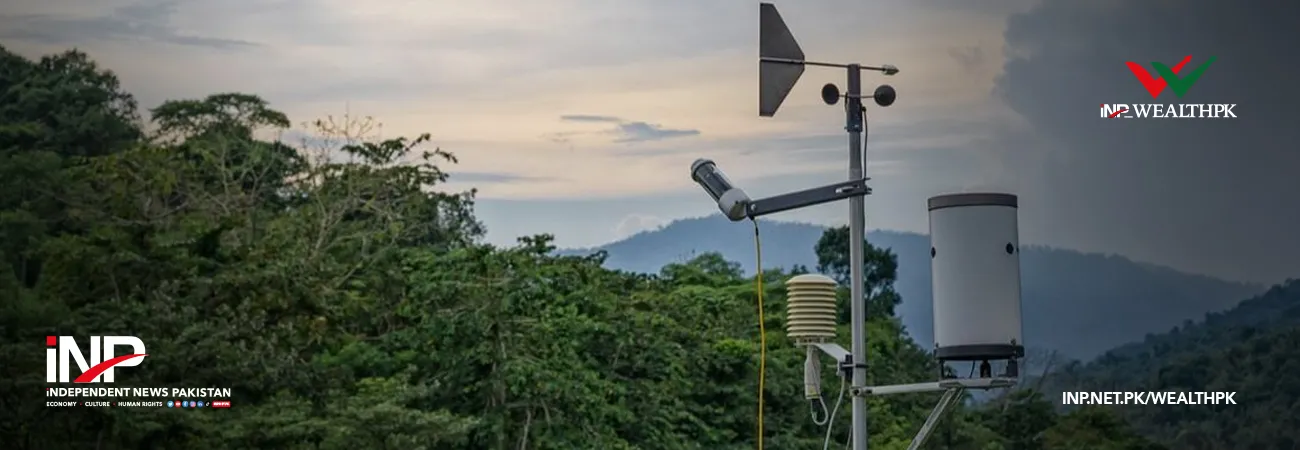INP-WealthPk
Qudsia Bano
Experts have welcomed the government’s decision to introduce green taxes in the FY2026 budget, describing it as a necessary step to expand fiscal space while promoting environmental sustainability. However, they cautioned that the implementation mechanism must be transparent and equitable to avoid placing an undue burden on lower-income households.

According to the budget framework, the government has proposed a carbon tax of Rs2.5 per liter on petrol, diesel, and furnace oil, which will double to Rs5 in FY2027. In addition, a 1 to 3 percent levy on vehicles powered by internal combustion engines—whether locally assembled or imported—has been announced to encourage the adoption of electric and hybrid options.
Commenting on the development, Ahmed Faraz, Senior Economist at the Pakistan Institute of Development Economics (PIDE), said the decision reflects a shift in Pakistan’s fiscal strategy toward environmentally responsible taxation. “This is a timely move, as it not only generates revenue but also supports the transition toward cleaner technologies,” he said. Faraz noted that such taxes can provide stable revenue streams to fund climate adaptation projects, particularly in flood-affected regions, if the proceeds are ring-fenced for environmental use.
He added that the fiscal gain from green taxes could help reduce reliance on external borrowing. “Even a modest carbon tax can generate tens of billions of rupees annually, easing fiscal pressure and enabling the government to finance green infrastructure domestically,” he explained. Experts also believe that the success of these measures will depend on how effectively the funds are managed.
Sara Naveed, Research Associate at the Centre for Climate and Sustainability (CCS) in Islamabad, said that while the initiative is commendable, Pakistan’s previous environmental levies often lacked proper utilization mechanisms. “The government should ensure that the revenue collected from carbon and engine levies is reinvested into renewable energy projects, public transport, and climate resilience programs, rather than absorbed into general expenditures,” she emphasized.
According to the FY2026 budget estimates, the government aims to achieve a primary surplus of 2.4 percent of GDP and a gradual decline in the overall deficit. Tax revenue is projected to rise to 13.2 percent of GDP, supported by new policy measures such as the green levies and a standardized 18 percent sales tax on digital goods and vehicle sales. Officials expect these initiatives to strengthen fiscal discipline while aligning with global sustainability commitments.
Sara also pointed out that the long-term success of green taxation will depend on complementary policies. She suggested providing incentives for electric vehicle imports, solar panel installations, and energy-efficient manufacturing to offset the additional costs borne by consumers and businesses.
Pakistan’s growing vulnerability to climate change has added urgency to the need for sustainable fiscal measures. Recent floods, estimated to have caused losses exceeding $30 billion, have reinforced the importance of integrating environmental objectives into economic planning.
Credit: INP-WealthPk













